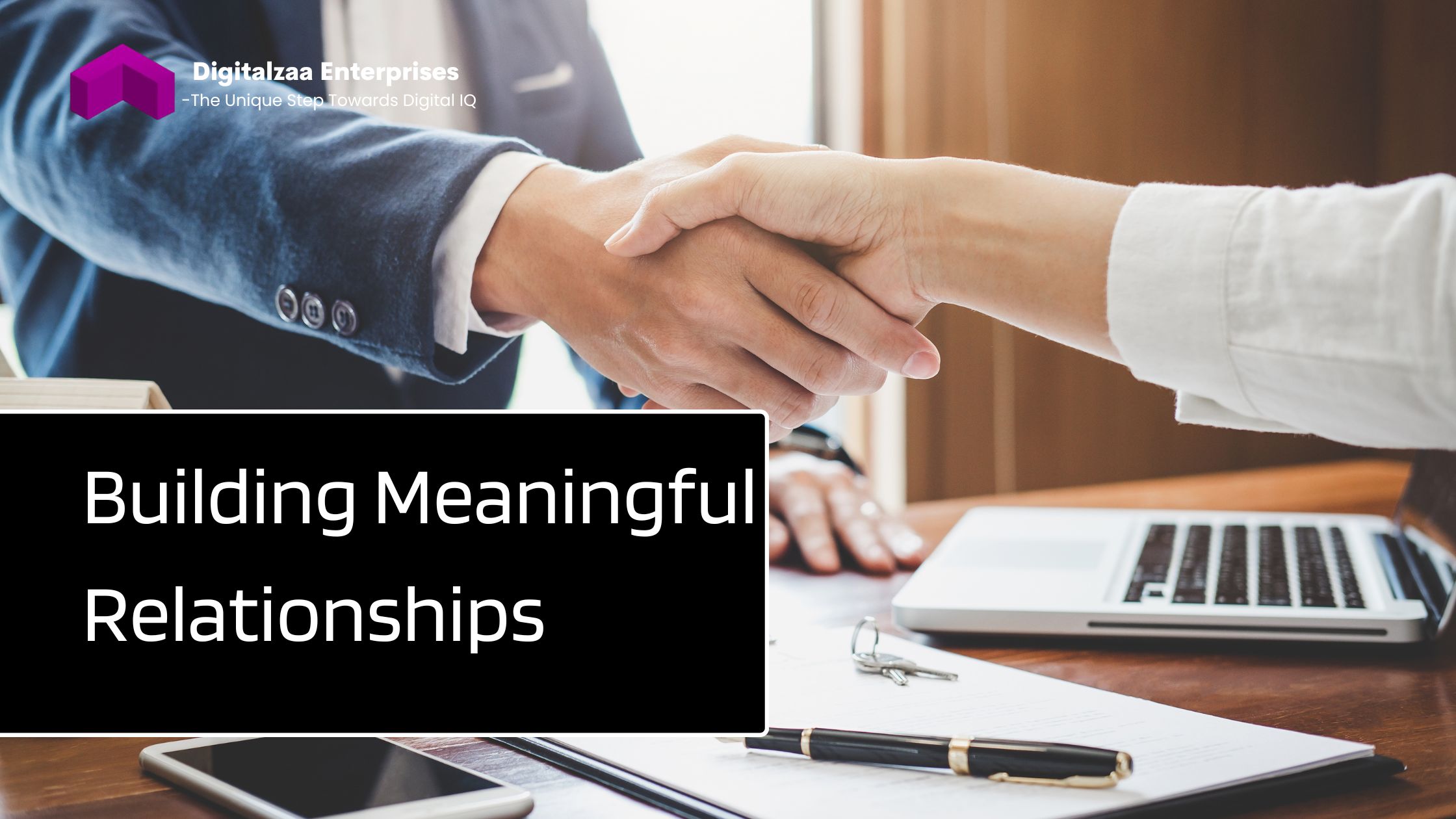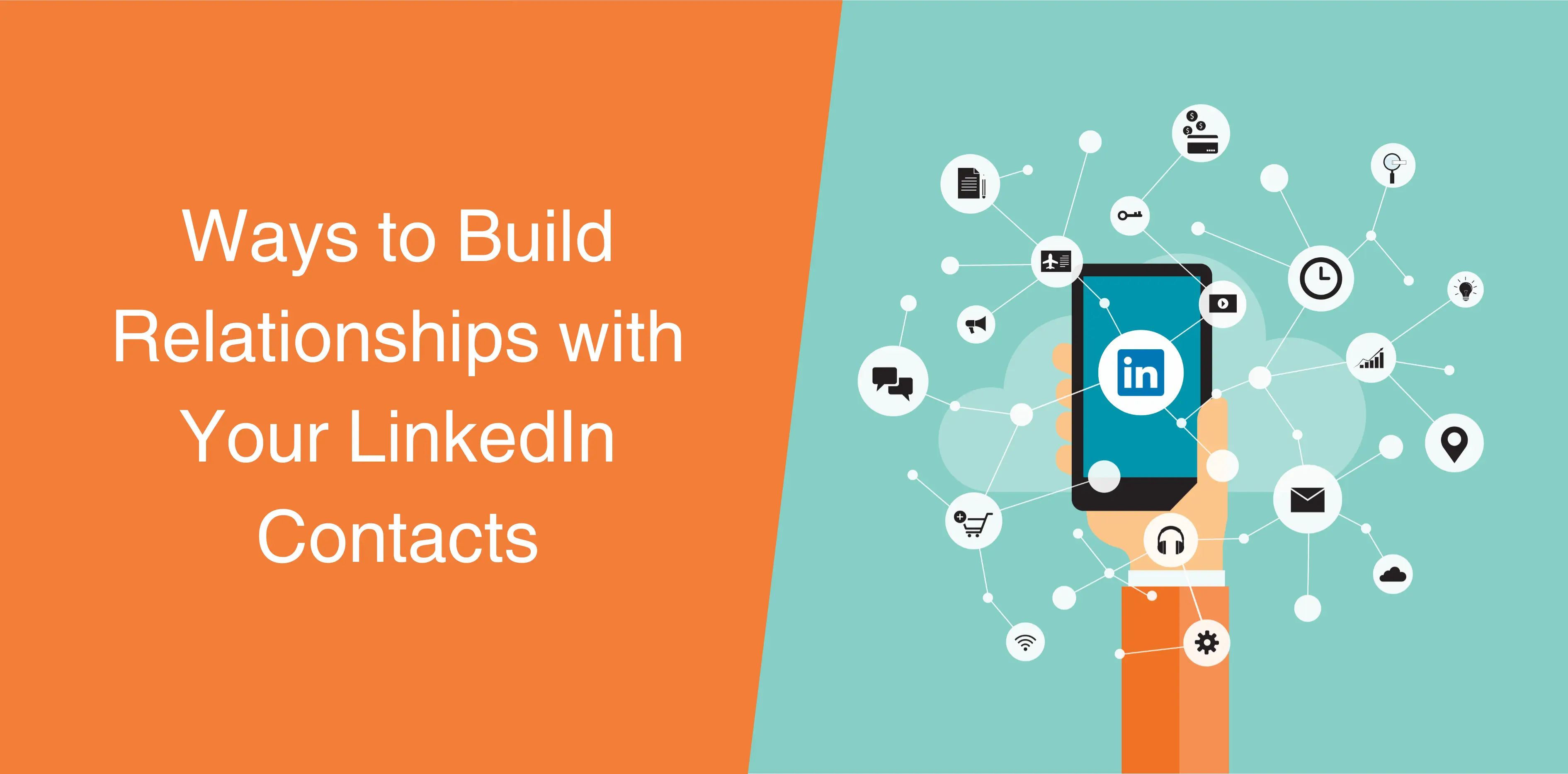Have you ever wondered about the journey of your LinkedIn connections? Understanding this history can transform how you manage your professional relationships. By keeping track of who you connect with and when, you can foster deeper connections and leverage opportunities that arise. In this post, we'll explore why it's essential to track your LinkedIn connections and how it can benefit your career.
The Importance of Tracking LinkedIn Connections

Managing your LinkedIn connections isn't just about adding contacts; it's about building a network that supports your career goals. Here are several reasons why tracking your connections is crucial:
- Relationship Maintenance: Regularly reviewing your connections helps you remember important details, like how you met or shared interests. This knowledge allows you to engage meaningfully with your network.
- Opportunity Identification: By tracking connections, you can spot potential collaborations or job opportunities. For instance, if you notice a former colleague has transitioned to a new industry, you might reach out to explore synergies.
- Strategic Networking: Keeping tabs on your connections enables you to prioritize whom to engage with based on their current roles or industries. This targeted approach enhances the effectiveness of your networking efforts.
Let’s dive a little deeper into each of these points:
Relationship Maintenance: When you have a clear record of your connection history, you can send personalized messages or follow-ups based on past interactions. For example, if you connected with someone after a conference, you could message them on the anniversary of that event to rekindle the conversation. Such gestures show you value the relationship, making it more likely that they’ll want to engage with you again.
Opportunity Identification: Networking is often about recognizing potential before it becomes obvious. By keeping a close watch on your connections, you may find that someone in your network has insights or leads that can help you in your job search or project. Imagine discovering that a connection has a role at a company you're interested in; you can reach out for advice or a referral before formal applications even open!
Strategic Networking: Not all connections are created equal, and some may be more beneficial to your current goals than others. By analyzing your connection history, you can rank your contacts based on relevance to your current career objectives. This way, you can focus your engagement efforts on those who can provide the most value to you at any given time.
In conclusion, tracking your LinkedIn connections isn’t just a good practice; it’s essential for effective relationship management. Whether you’re looking to maintain relationships, identify new opportunities, or network strategically, understanding your connection history can unlock new doors for your career.
Also Read This: What Are Affiliated Pages on LinkedIn and How Do They Affect Your Profile?
3. How to Access Your LinkedIn Connection History

Accessing your LinkedIn connection history is like opening a treasure chest of professional relationships! It’s straightforward and can provide you with valuable insights into your network. Here’s how you can do it:
- Log into LinkedIn: Start by signing into your LinkedIn account. You’ll want to be on your profile page to navigate effectively.
- Go to My Network: Click on the “My Network” icon, typically found in the top navigation bar. This is where you can see your connections, invitations, and more.
- View Your Connections: On the left sidebar, you’ll see an option labeled “Connections.” Click on it to view the list of all your connections.
- Filter and Sort: At the top of your connections list, LinkedIn provides options to sort your connections. You can filter by the date you connected, location, or even the industries your connections belong to. This will help you focus on specific groups or time periods.
- Export Your Connections: For a more in-depth analysis, consider exporting your connection data. You can do this by navigating to “Settings & Privacy,” then selecting “Data Privacy.” From there, request a download of your data. This will include your connections in a handy CSV format!
Once you have your connection history, you can start analyzing and engaging with your network more effectively. Whether it’s reaching out to reconnect or simply keeping track of who you’ve met, this information is invaluable in maintaining professional relationships.
Also Read This: How to Find a Headhunter on LinkedIn: Steps to Expand Your Job Search
4. Analyzing Connection Dates and Engagement Levels
Once you have accessed your LinkedIn connection history, the next step is diving into the details—specifically, the connection dates and engagement levels. Understanding these elements can significantly enhance your relationship management strategy!
Why Focus on Connection Dates? Connection dates tell you when you added each individual to your network. This information can help you:
- Identify New Connections: If you recently connected with someone, consider reaching out to establish a rapport. A simple message like, “Hi [Name], I enjoyed connecting with you recently! I’d love to hear more about your work at [Company].” can go a long way.
- Revisit Old Connections: If someone has been in your network for a while but you haven’t interacted, it might be time to rekindle that relationship. A casual check-in could be beneficial!
Engagement Levels Matter: Analyzing how often you engage with your connections can also provide clarity:
| Engagement Level | Suggested Action |
|---|---|
| High (frequent messages/responses) | Continue nurturing this relationship. Consider collaborating on projects. |
| Moderate (occasional interaction) | Plan a coffee chat or virtual meeting to strengthen the bond. |
| Low (rarely communicate) | Send a friendly message to catch up, maybe sharing a relevant article or resource. |
By analyzing both connection dates and engagement levels, you’ll not only understand your network better but also enhance your professional journey. Remember, the goal is to foster genuine relationships that can lead to future opportunities!
Also Read This: How to Unsubscribe LinkedIn Account: Deactivating Your LinkedIn Account
5. Utilizing Connection History for Better Relationship Management
Ever wondered how you can turn your LinkedIn connections into powerful relationships? The secret lies in utilizing your connection history. This feature isn’t just a chronological list of who you’ve connected with; it’s a treasure trove of insights that can help you nurture those relationships effectively.
First off, take a moment to reflect on why you connected with each individual. Was it a shared interest? A mutual acquaintance? Or perhaps a specific industry need? By understanding these connections, you can personalize your interactions. For example, if you connected with someone after a virtual conference, reaching out to them with a follow-up message referencing that event can reignite the conversation.
Additionally, LinkedIn allows you to keep track of important milestones in your connections’ professional lives. Here’s what you can do:
- Set Reminders: Use LinkedIn’s reminder feature to check in on your connections at key times, such as work anniversaries or promotions.
- Engage with Content: Pay attention to what your connections are posting. Liking or commenting on their updates shows that you’re interested and invested in their journey.
- Utilize Tags: Create tags for your connections based on industry, interests, or the nature of your relationship. This helps you quickly identify whom to reach out to when you have relevant news to share.
Furthermore, reviewing your connection history can spark opportunities for collaboration. If you notice that two of your connections share a similar interest or project, consider introducing them. This not only strengthens your relationships but also positions you as a valuable connector in your network.
To summarize, by actively utilizing your LinkedIn connection history, you can transform casual connections into meaningful relationships, fostering a network that benefits everyone involved. Remember, relationship management is not a one-time task; it’s a continuous journey that thrives on genuine engagement.
6. Best Practices for Maintaining LinkedIn Relationships
Maintaining LinkedIn relationships can be just as crucial as making those initial connections. So, how do you ensure that the relationships you’ve built remain strong and beneficial? Here are some best practices to keep in mind:
- Regular Check-Ins: Schedule periodic check-ins with your connections. A simple message asking how they are doing or sharing an article that aligns with their interests can go a long way.
- Personalize Your Messages: Avoid generic messages. Use specific details that reflect your previous conversations or shared experiences. For instance, if you discussed a project last time, ask for updates on that.
- Offer Help: Be proactive in offering assistance. If you notice a connection is looking for a job or seeking advice, reach out and offer your support or resources. This builds goodwill.
It’s also beneficial to stay active on the platform. Share insightful content, engage with posts from your connections, and participate in discussions. This keeps you visible in your network and demonstrates your ongoing commitment to your professional community.
Lastly, don’t underestimate the power of gratitude. If someone has helped you in your career, whether through an introduction or advice, send a thank-you message. It’s a small gesture that can reinforce your connection and encourage future interactions.
By implementing these best practices, you’ll not only maintain your LinkedIn relationships but also cultivate a network that thrives on mutual respect and support. Remember, it’s not just about quantity; the quality of your connections is what truly counts.
 admin
admin








